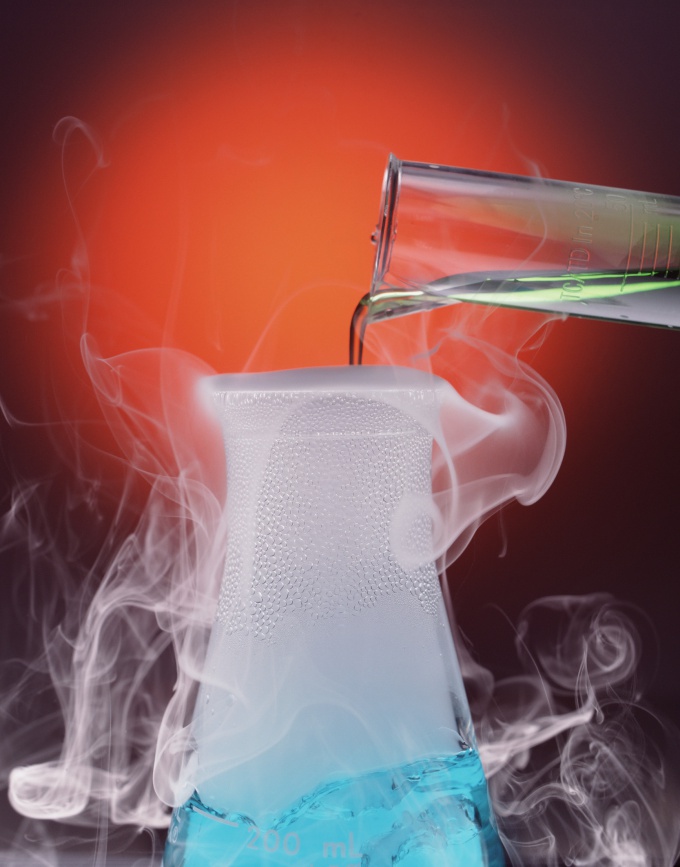Instruction
1
The question is thus: which of the following reactions are redox?
Na2SO4 + BaCl2 = 2NaCl + BaSO4
Zn + 2HCl = ZnCl2 + H2 the Decision on the model of the above examples is to ensure that over each element in the left and right parts of the reactions tabulated, the degree of oxidation. Those reactions, where the extent has varied, and are redox.
Na2SO4 + BaCl2 = 2NaCl + BaSO4
Zn + 2HCl = ZnCl2 + H2 the Decision on the model of the above examples is to ensure that over each element in the left and right parts of the reactions tabulated, the degree of oxidation. Those reactions, where the extent has varied, and are redox.
2
The task may be required to balance the electron balance equation of oxidation-reduction reactions. For example, take already used the reaction of displacement of hydrogen by zinc, when the formed salt of zinc chloride and hydrogen gas.
3
It is easy to see that during this reaction the oxidation state changed the zinc and hydrogen, and chlorine, it remained unchanged. Write it in the following way:
Zn0 - 2E- = Zn2+
H+ + e- = D0
Zn0 - 2E- = Zn2+
H+ + e- = D0
4
From the solution it is clear that in order to "balance" these two electrons given by zinc, the amount of hydrogen ions receiving electrons on the left side of the equation must be doubled. Write down the following equation: Zn + 2HCl = ZnCl2 + H2.
5
Checking the number of atoms of the elements in the left and right sides of the reaction, make sure the equation is solved correctly.
6
To solve the equation of oxidation-reduction reactions and electron-ion balance. Consider all the same example, just write down all the starting materials and all the products of the reaction in ionic form: Zn0 + H+ + Cl- = Zn2+ + Cl- + H20.
7
Deleting the same ions in the left and right parts of equation (chloride ions), we get the abbreviated entry: Zn0 + H+ = Zn2+ +H20.
8
It is easy to understand that for the equation the number of ions and charges, before the hydrogen ion in the left part it is necessary to put a factor of 2. And the General form of the equation: Zn + 2HCl = ZnCl2 + H2.
